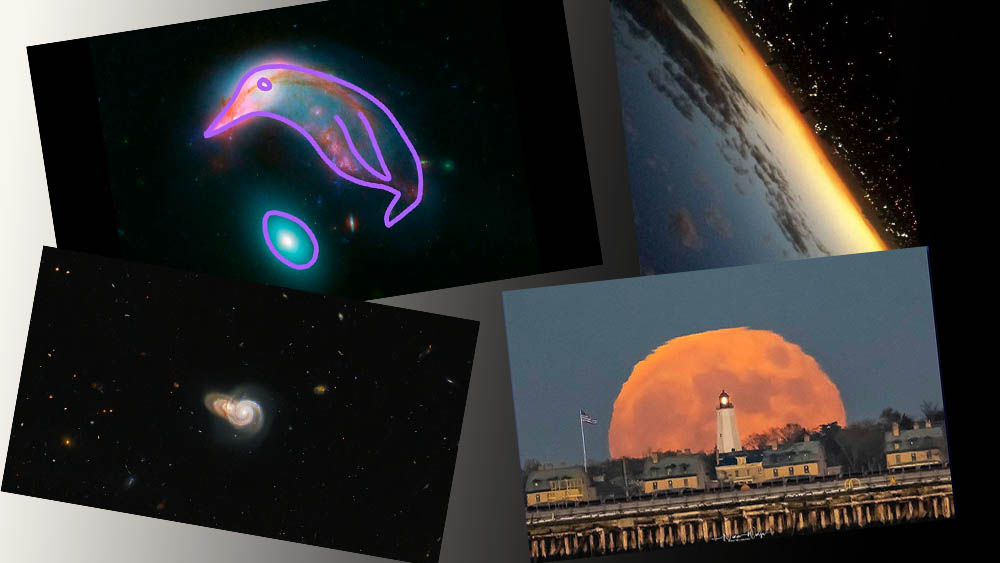
We love a good optical illusion here at Creative Bloq, whether that's a photo with a composition that tricks the eye or graphic design that plays with how our brain interprets light and colour. But some of the mindbenders we've seen over the years have been quite literally out of this word.
For anyone who missed the magic of this week's blue moon supermoon, here are four astronomical optical illusions in space that have dazzled us in recent years. See our pick of the best optical illusions for more gems.
01. The Penguin Galaxy
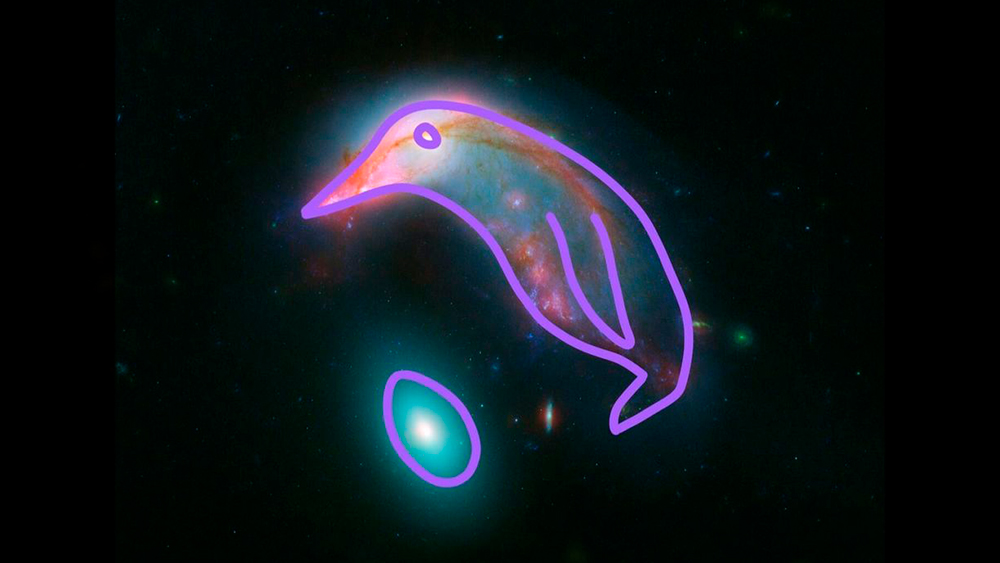
NASA is probably better sticking to space rather than ornithology. It showed a surprising amount of imagination earlier this year with its observation on Instagram about an image captured by the Hubble and Spitzer space telescopes of a collection of galaxies known as Arp 142. Two of the galaxies bear "an uncanny resemblance to a penguin guarding an egg," it reckoned.
The combination of new stars and gas strands make the distortion of the galaxy clearly visible, while the egg comprises old stars smoothly distributed, hiding any shaping caused by its neighbour.
02. The galactic overlap of SDSS J115331 and LEDA 2073461
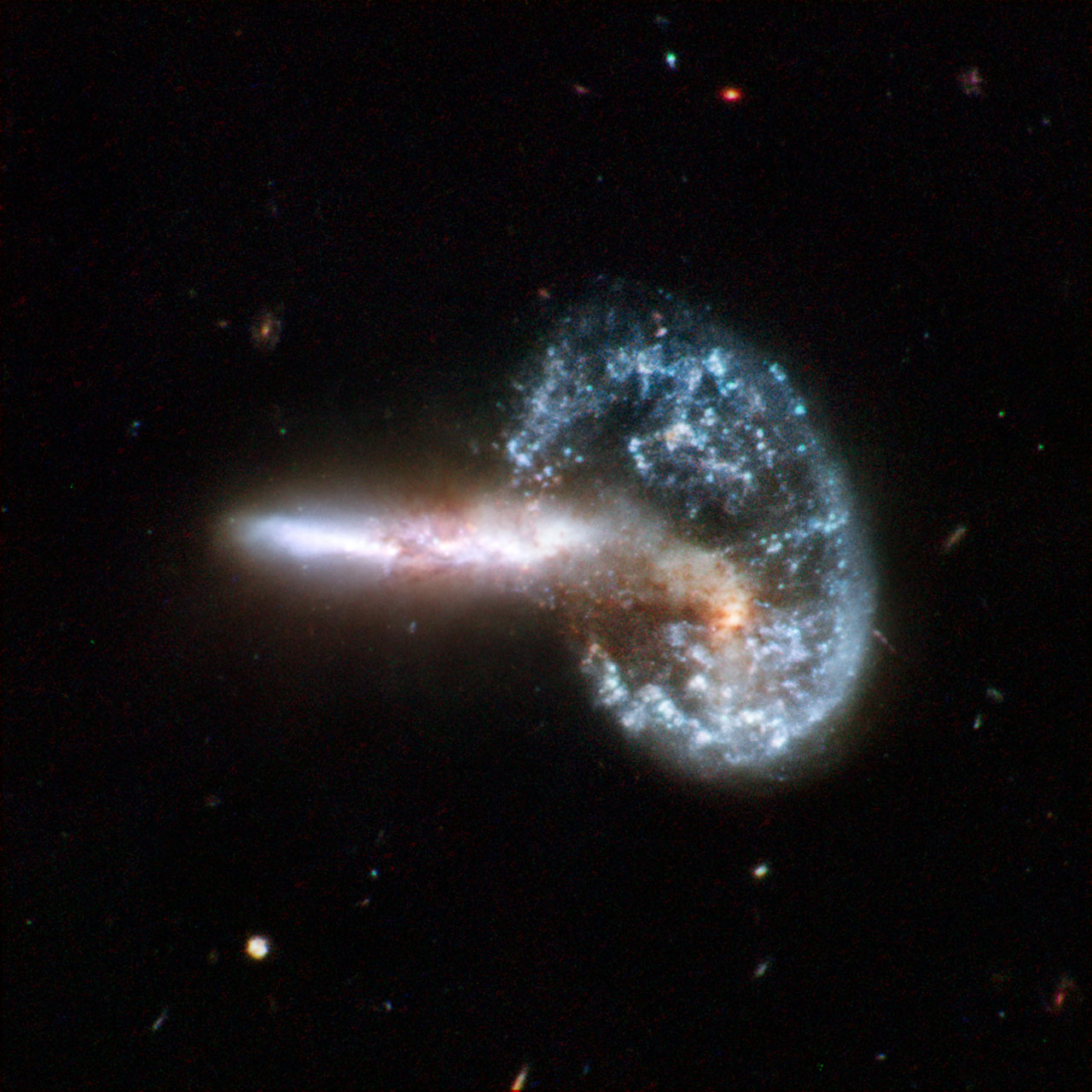
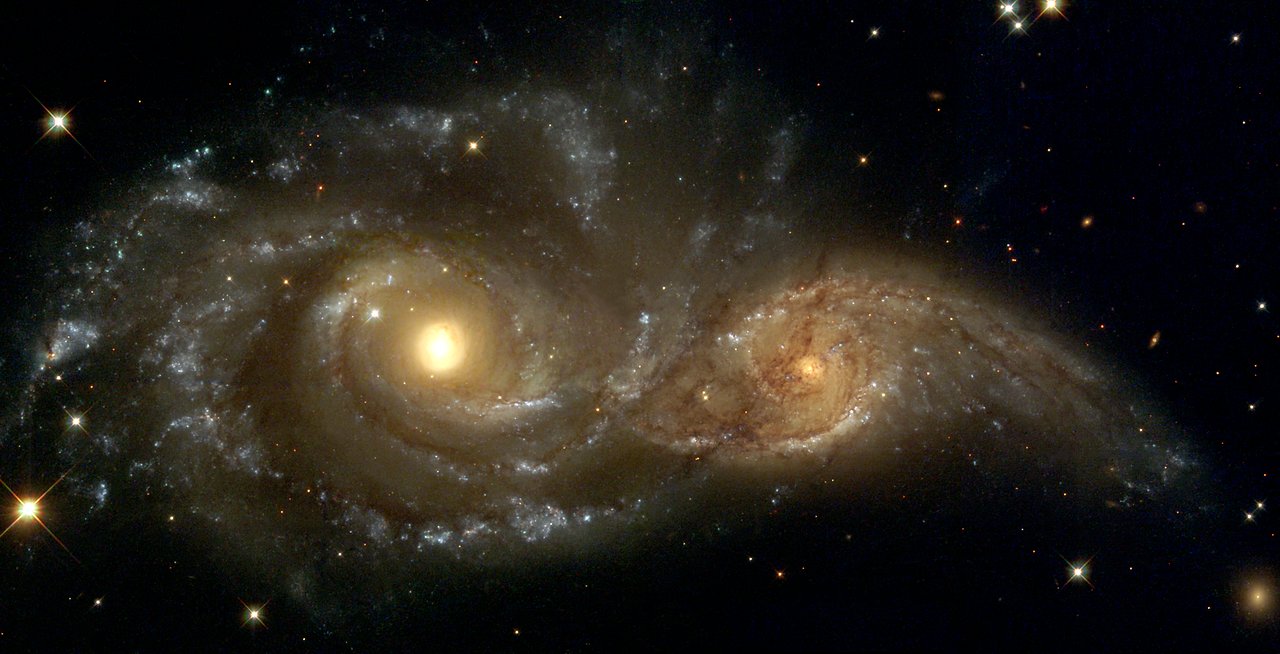
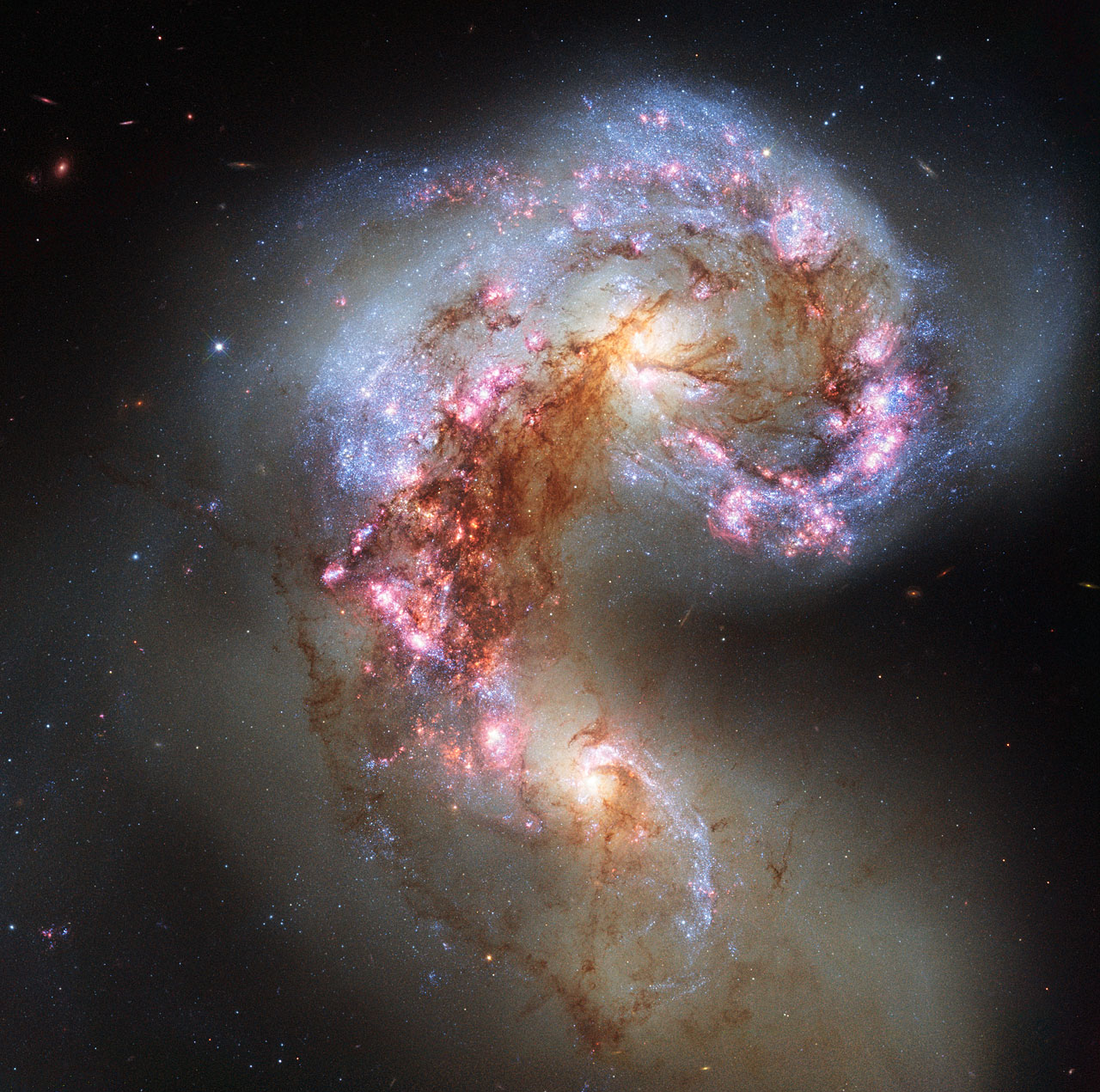
Also courtesy of the Hubble Space Telescope, this image captured back in 2022 showed a phenomenon known as galactic overlap. It shows two galaxies, both more than a billion light years from Earth, appearing to combine to create a sort of super-galaxy. According to the European Space Agency (ESA), the catchily named SDSS J115331 and LEDA 2073461 (okay, I think I prefer Penguin and Egg) are actually wildly far apart.
03. Earth from space optical illusion
This photo is (another) example of how optical illusions mess with your mind. First you see a picture of the Earth from space and then... pic.twitter.com/ilT3DngJJQApril 4, 2023
At first glance, the image in the ex-Twitter post above appears to show an aerial view Earth, perhaps taken by an orbiting satellite. But the reality is something much more terrestrial. Give the image the flip, and all should become clear, making you wonder how you ever fell for such a simple optical illusion. What looks like stars are actually city lights as the sun sets. “Having the right perspective is everything,” one user noted.
04. Full moon optical illusions
Astronomical phenomena coupled with an astute choice of lens can be used to create moon optical illusions in which the Earth's satellite looks spectacularly large. Of course, the moon is always the same size, although it's distance from the Earth does vary during its orbit. The impression of size is largely because the way our brain processes information can make the moon look larger when it's near the horizon, particularly when there are objects like trees or buildings to compare it against.
The effect is amplified when using a long lens to take a photograph because telephoto lenses create a sense of compression in a composition, making distant objects look closer to each other. Events like this week's rare blue moon supermoon, when the moon's orbit is closest to Earth, provide good opportunities to get these kinds of shots.







